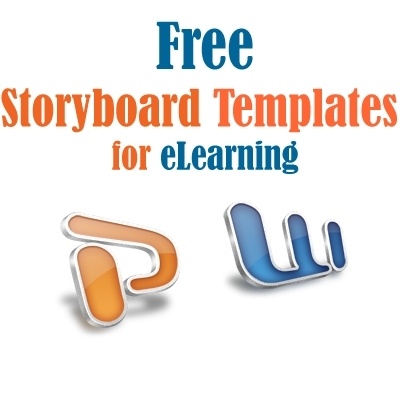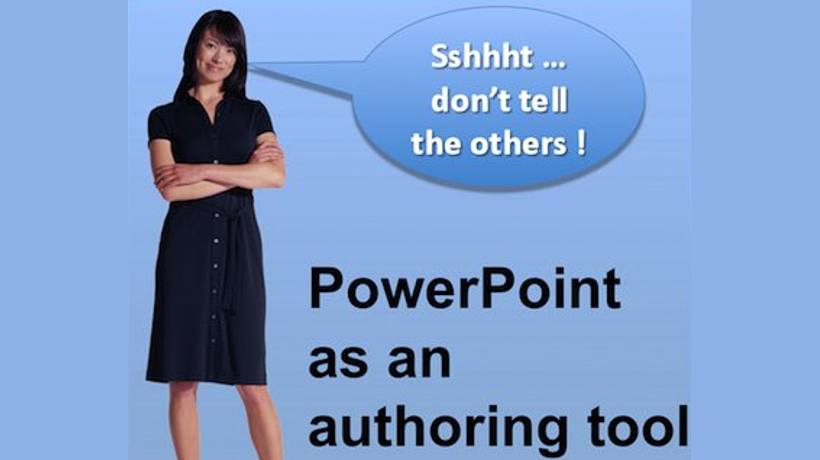5 Benefits Of Using PowerPoint In eLearning
Microsoft PowerPoint has been around since 1987, and it continues to hold relevance. It’s versatile, easy to use, and cost-effective. It can range from conservative and formal to creative and quirky. That means it works just as well for annual reports or embarrassing family vacation slide shows. In eLearning, it benefits both online learners and instructors, allowing them to format their homework or produce study chapters. And if the files are too large, you can always zip or save them as PDF. Let’s look at 5 specific benefits that demonstrate the usefulness of PowerPoint in eLearning.
1. Simplifies eLearning Content Development Without Sacrificing Quality
PowerPoint has a series of inbuilt templates, but it’s also easy to tweak its fonts and colors. This makes it possible to design a presentation that reflects your brand guidelines, from the palette to font. Within minutes, you can produce a document that is completely unique and customized. It will look like you built it from scratch. PowerPoint also offers numerous layout options. You can pick page styling that’s ideal for plain text, text with visuals, audio, or video. Other tools include speech bubbles, arrows, shapes, and icons. With PowerPoint, you can set an exam or construct an infographic in minutes. In short, you’re able to produce cohesive eLearning courses that align with your brand image. Even if you’re working with limited resources and a tight timeline.
2. Boosts Learner Engagement
Ordinarily, reading a book or viewing multimedia is a passive activity. You sit and consume with no direct involvement because there’s no action required on your part. With PowerPoint in eLearning, you can get online learners more engaged. They can manually adjust the speed of their slideshow, so they can absorb learning material at their own pace. You can input actions they can take, like live quizzes or gaps to fill. Or maybe use moving icons and animations to jolt online learners out of their passivity. You can also embed a YouTube video and audio links, or even a webinar from the online instructor. PowerPoint in eLearning is the digital equivalent of a pop-up book. And it brings just as much life to adult learning as those board-books do to kids.
3. Versatile Delivery Formats
We’ve gone through multiple iterations of Windows since MS PowerPoint first showed up. Interestingly, it was initially programmed for Macintosh, so PowerPoint was conceived as an Apple product. This probably explains why it can cut across PCs and Macs, as well as other computing options. PowerPoint is versatile enough to mesh across devices and operating systems. It works online and offline. You can even print it out and have your slideshow on paper or bind it into a book. This versatility makes it popular and useful for eLearning. It also works across various languages, whether they’re left to right, top to bottom, columnar, or horizontal. Captions and sidebar layouts even allow for cliff-notes, indices, and subtitles.
4. Upgradable
PowerPoint slides are easy to share, so you can quickly distribute them among online learners. They’re also fully editable, so when you need to update your eLearning content, you can easily adjust your text and pictures. You can also use PowerPoint in eLearning for assignments and tests, offering online learners decks that have gaps they can fill. Their work is then more facile to mark. At the same time, all those layout options make PowerPoint slides more legible. This makes them more effective in consumption, and certain elements can even be used to aid recall. You’re able to break up chunks of text using shaped-text boxes or switch up font styles and sizes. Colored call-out boxes can emphasize key points. They’re great for bullet-point chapter summaries, too. Lastly, there are a variety of plug-ins you can implement to make the tool even more versatile and customizable. As well as templates so that you don’t have to build your PowerPoint course from the ground up.
5. Smooths eLearning Course Navigation
Reading a physical book can be challenging for online learners. You can’t bounce around like you can with eBooks. You can’t long-press to pull up a dictionary or click on the contents to reach a relevant page. You’re not even able to use a keyword search to instantly find that one paragraph you love. When you use PowerPoint in eLearning as a ‘textbook’, you can do all that and more. It’s simple to jump from glossaries to pop-ups. This makes it convenient for quick referencing and troubleshooting. Plus, the files are relatively light, so you can always keep them with you.
Insider Tip: Change Your Perception Of PowerPoint
The thing that holds most eLearning professionals/PowerPoint users back is their pre-conceived notion of the tool. It’s not merely to create presentations. PowerPoint in eLearning can help you develop engaging and entertaining eLearning content more rapidly and with fewer resources. With plug-ins and pre-built templates, you have the power to create immersive stories, branching scenarios using embedded links, and even non-linear eLearning courses. The key is to stop thinking of PowerPoint as a slideshow generator and start brainstorming all the ways it can streamline eLearning development. For example, start with the main slide that introduces the topic, then gives online learners the opportunity to choose their own path. Or a link to external online training resources that learners can use to supplement the online training experience and broaden their knowledge autonomously.
PowerPoint in eLearning isn’t just for doing the kind of homework that your dog can’t eat. Its presentation templates allow for quick eLearning content development, and you can use interactive versions to set and sit quizzes. It’s lightweight, so you can keep several decks on your devices, and animated elements enhance user engagement. It cuts across multiple OS, phones, tablets, and computers. It’s easy to edit and easier to navigate, making it an easy solution for rapid eLearning development.
You might have great eLearning content, but is it being overshadowed by outdated eLearning templates? Wondering how to develop reusable eLearning templates from scratch? Do you know the essential elements of an effective eLearning template? Are you making the most out of your existing eLearning templates? Download our free eBook eLearning Templates From A To Z to find out why to use eLearning templates, how to choose the right eLearning template for your eLearning course, how to create a reusable eLearning template from scratch, its essential elements, as well as how to refresh outdated eLearning templates on a budget.









